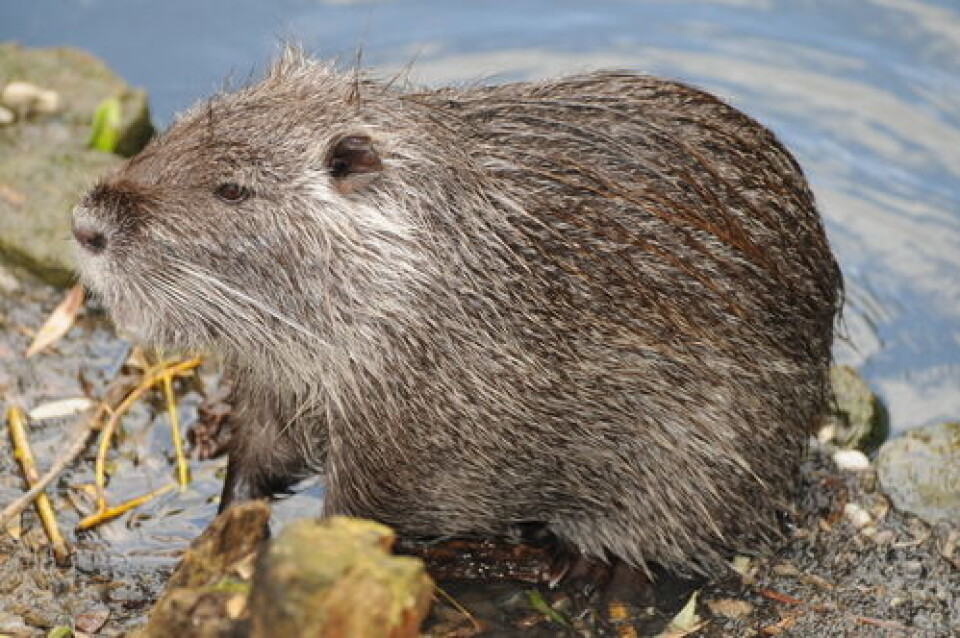-
France targets imports from South America over banned chemical concerns
Avocados, mangoes, and cherries among food items set to be tested before entry
-
Duck Cold! Four French phrases to use when it is freezing outside
We remind you of French expressions to use to describe the drop in temperature
-
When and why do we say le moral dans les chaussettes?
We explore this useful expression that describes low spirits
Tails of the riverbank: French beavers are back
The animals were almost extinct in the middle of the last century but can now be spotted on 16,000km of French waterway in 50 departments

Amid frequent warnings about damage to biodiversity and our ailing planet, there is at least one piece of good news to report: the triumphant return of the beaver population in France.
Until recently the French beaver was almost extinct. Now there are tens of thousands of them, which is excellent news for the country’s water table as the beaver irrigates with positive ferocity, according to the French office of biodiversity.
Long hunted for its fur, its meat and its secretions used in perfumery, it was reintroduced in the 1950s and became a protected species in 1968. Its dams and the canals it digs protect the environment from floods and fire.
Beavers are now thriving on the Loire, the Rhone, the Tarn, the Rhine, the Moselle and the Gard and are thought to be present on 16,000km of French waterway.
It is impossible to pinpoint the exact numbers, but according to estimates of the French Office of biodiversity, there are tens of thousands of them.
Considered by naturalists as an ‘ecosystem engineer’, the beaver’s return has had a positive impact on a large part of the fauna and flor.
‘Dammed’ with much praise
With its flat tail, webbed feet and waterproof fur, the beaver is perfectly adapted to aquatic life. It cuts down trees to build its dwelling in the water and all the entrances are below the surface, thus protecting it from predators.
However, the water needs to be at least 60cm deep in order for the burrow entrances to be submerged, so if the water is not deep enough the beaver builds a dam to flood its chosen habitat, which in turn regulates the water level.
A ‘classic’ dam can be built in 24 hours but some constructions require time. According to its needs, the rodent can build enormous dams. The largest known beaver dam is in Canada and is 850 metres long.
Why are these dams good for man?
When beavers cut down trees, light floods in which enables plant species to grow. Thanks to its dams, the beaver protects against floods and prevents pollution from spreading, making the natural watercourse more functional. By creating wetlands, it allows other animal species to settle.
Studies also show that beavers help fight fires. According to researchers, areas with beaver structures have enough water to hydrate vegetation if a fire starts. Naturally, this makes it less likely that plants will burn. These areas also serve as a refuge for animal species unable to escape fires.
The beaver goes for all waterways and is happy on streams as well as rivers. It likes hills, mountains and plains, so is not choosy about habitat so long as there is water. Its hydrographic networks require fairly deep water at least (60cm minimum), so it dams and irrigates to achieve this.
A beaver’s diet
The beaver is strictly vegetarian but is otherwise eclectic in its food choices: bark, leaves and young shoots of woody plants, aquatic plants, fruits, tubers and terrestrial herbaceous vegetation.
Woody plants constitute the essential part of the winter diet. About thirty species of trees can be consumed, but the salicaceous (willows and poplars) are the most sought after.
Beaver vs coypu: the differences
At night, it can be confused with the coypu, its South American cousin. But when you look closely at them, there are distinct differences such as the tail, the hair and the size.
The coypu is disliked while the beaver is nicknamed the ‘architect of the river banks.’ The coypu destroys river banks and vegetation and is classified as ‘harmful’ and is an alien species from South America.
There are two species of beaver: the Eurasian beaver and the Canadian beaver. Both species are similar in size, reaching 100 cm in length without the tail. The coypu is only 60cm long and reproduces much faster than the beaver.
Historically present throughout France, beaver population decline started in the 16th century. Considered as pests, they were regularly shot by locals and sought after by hunters for their meat, fur and beaver gum.
Beavers: the facts
Scientific name: Castor fiber
Protection status: protected species in France
Threatened status: no longer considered threatened (red list of mammals in France, 2009 assessment)
Description: The beaver is the largest rodent in Europe (adult length: over one metre, average weight: 21kg). It is recognisable by its scaly tail, which forms a paddle about 15cm wide. The beaver is dark brown to grey-black in colour, slightly lighter on the belly.
Reproduction: Mating takes place in the water. The female has only one litter per year of one to six young.
Habitat: The French beaver is present in 50 departments, mainly in the south east, central France and the north east. Protected since 1968 the beaver has repopulated all the Mediterranean tributaries from the Rhone delta, where it originally sought refuge.
Current status in France: It has gone from a population of only 100 in the Camargue, to about 20,000 animals in the east and centre of the country alone. After an absence of 150 years they are now found in the Île-de-France, the Basque Country and also Nord-Pas-de-Calais.
Related articles
Beaver spotted in Loire-Atlantique for first time since 16th century
























